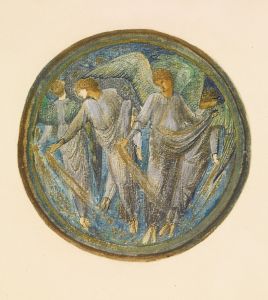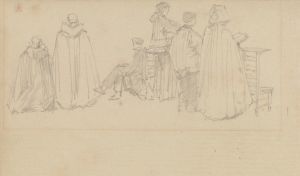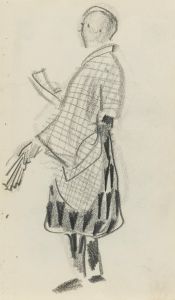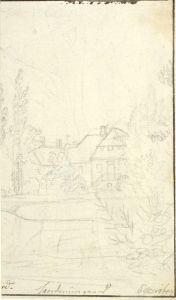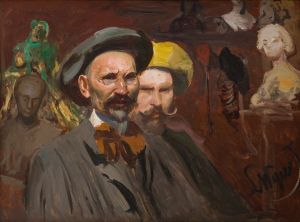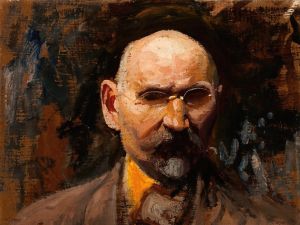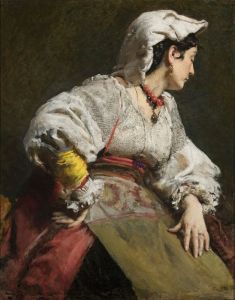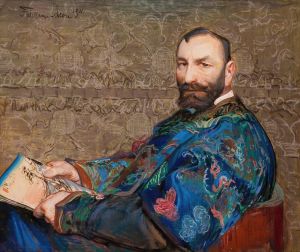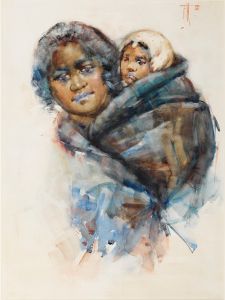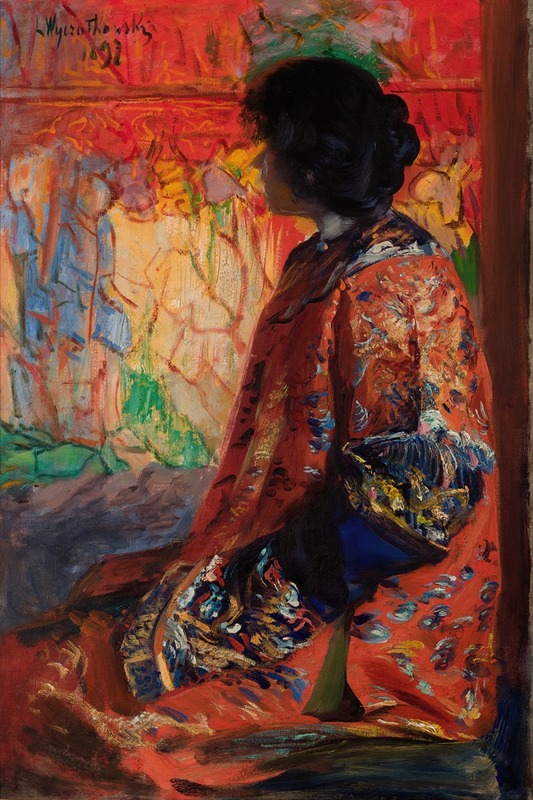
Japanese Woman
A hand-painted replica of Leon Wyczółkowski’s masterpiece Japanese Woman, meticulously crafted by professional artists to capture the true essence of the original. Each piece is created with museum-quality canvas and rare mineral pigments, carefully painted by experienced artists with delicate brushstrokes and rich, layered colors to perfectly recreate the texture of the original artwork. Unlike machine-printed reproductions, this hand-painted version brings the painting to life, infused with the artist’s emotions and skill in every stroke. Whether for personal collection or home decoration, it instantly elevates the artistic atmosphere of any space.
Leon Wyczółkowski was a prominent Polish painter associated with the Young Poland movement, known for his diverse range of styles and subjects. One of his notable works is "Japanese Woman," which reflects his interest in exploring different cultures and artistic traditions.
"Japanese Woman" is an oil painting created by Wyczółkowski in the late 19th or early 20th century. This period was marked by a fascination with Japonism in Europe, where Western artists were inspired by Japanese art and aesthetics. Wyczółkowski, like many of his contemporaries, was influenced by this trend, which is evident in the subject matter and stylistic elements of this painting.
The painting depicts a Japanese woman, characterized by her traditional attire and serene expression. Wyczółkowski's attention to detail is apparent in the intricate patterns of the woman's kimono and the delicate features of her face. The use of color and light in the painting highlights the texture of the fabric and the subtlety of the woman's expression, showcasing Wyczółkowski's skill in capturing both the physical and emotional nuances of his subjects.
Wyczółkowski's interest in Japanese culture was part of a broader European movement that sought to incorporate elements of Eastern art into Western practices. This was a time when many European artists were collecting Japanese prints and incorporating their stylistic features into their own work. The influence of Japanese art is seen in Wyczółkowski's use of flat planes of color, asymmetrical compositions, and an emphasis on decorative elements, all of which are present in "Japanese Woman."
The painting is also significant for its contribution to the cross-cultural exchange between East and West during this period. By depicting a Japanese subject, Wyczółkowski not only embraced the aesthetic qualities of Japanese art but also contributed to a greater understanding and appreciation of Japanese culture in Europe. This cultural exchange was a hallmark of the late 19th and early 20th centuries, as artists and intellectuals sought to break down the barriers between different artistic traditions.
"Japanese Woman" is housed in the National Museum in Warsaw, where it remains an important part of the collection. The painting is appreciated not only for its artistic merit but also for its historical significance as a representation of the Japonism movement and the broader cultural interactions of the time.
Leon Wyczółkowski's work, including "Japanese Woman," continues to be studied and admired for its technical proficiency and its role in the dialogue between Eastern and Western art. His ability to blend different cultural influences into his work has made him a significant figure in the history of Polish art, and "Japanese Woman" stands as a testament to his artistic vision and the enduring appeal of cross-cultural exploration in art.





